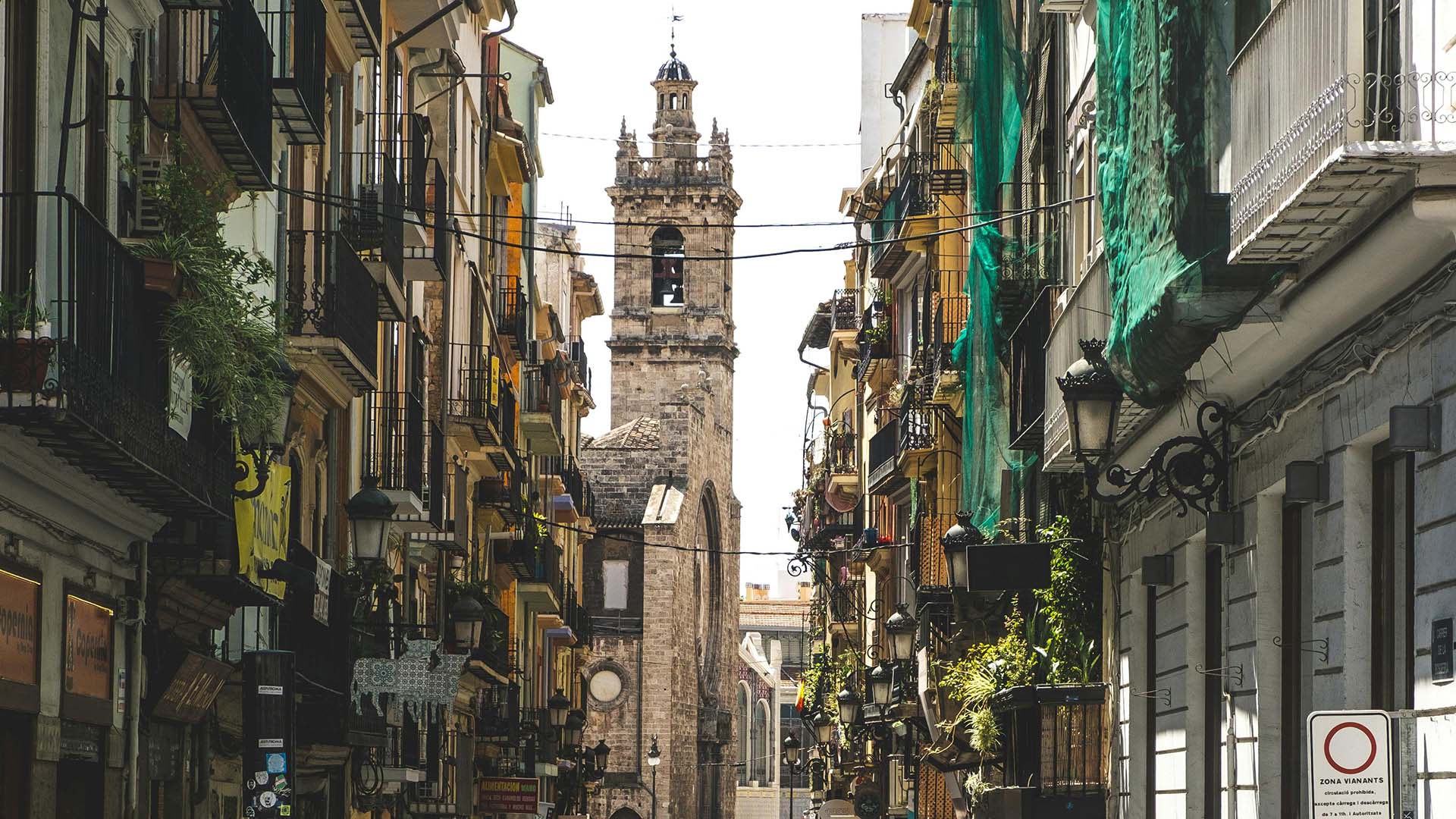More than 50 years ago, towards the end of the Franco regime, General Vernon Walters, Deputy Director of the CIA, visited the dictator to find out what might happen after he died. Franco told Walters not to worry as he had ‘left something that I didn’t find on taking over the government of the country 40 years ago’. Walters thought Franco was referring to the armed forces. But Franco said: ‘The Spanish middle class. Tell your President [Richard Nixon] to trust the common sense of the Spanish people, there won’t be another civil war’.[1]
A broad middle class is a fundamental pillar of stability, greater social cohesion (reduced inequality between the very rich and the very poor), better functioning institutions and a greater capacity for economic growth. By the time Walters saw Franco in 1971, Spain’s middle class had grown from 14% of the total population in 1950 to 33%.
’Spain is one of the very few nations that has successfully transitioned from middle-income (per capita GDP of US$1,036 to US$12,535) to high-income status’.
This was largely due to the so-called ‘economic miracle’, following the 1959 Stabilisation Plan which ended 20 years of autarky. The plan, backed by the IMF, was a first step in moving Spain towards a market economy and opening it to foreign investment and tourism. Although from a lower base, GDP growth averaged 6.9% a year between 1959 and 1974, a rate surpassed among developed nations only by Japan (also from a lower base). But the initial cost in human terms was high: some 1.5 million Spaniards were forced to emigrate between 1960 and 1973 to various countries of Western Europe.
The greater prosperity gradually turned Spain into a consumer society, itself a hallmark of a burgeoning middle class, with a smaller share of income going on basic needs and more on leisure, white goods and so on. By 1975 40% of households had a car, up from a mere 1% in 1960. Spain is one of the very few nations that has successfully transitioned from middle-income (per capita GDP of US$1,036 to US$12,535) to high-income status. Per capita income in 2024 was around US$35,800.
Spain’s 2008-14 Grand Recession, following the global financial crisis and the bursting of the country’s massive property bubble, hit the middle class, although as a proportion of the total population it did not decline very much. By 2022 it was higher than in 2007 (59.2%) at 61.1%, based on the standard threshold which defines the middle class as those whose income is between 75% and 200% of the median.
In stark contrast, the middle class in Venezuela, once the wealthiest nation in Latin America, has dramatically shrunk in the past decade, due to years of out-of-control inflation, authoritarian rule, corruption, populist policies and currency instability. More than seven million Venezuelans have left the country since 2024, around 400,000 of whom live in Spain, 10 times more than in 2014.
The perception, however, is that Spain’s middle class has weakened much more than is actually the case. Caixabank’s research department carried out an interesting exercise to explain this. It analysed how the size of the middle class would have changed if it kept the income thresholds that demarcate the different classes fixed at their 2007 levels, instead of changing them each year according to the evolution of the annual income distribution. As a result of the significant fall in incomes between 2008 and 2013, many people saw their earnings fall below the threshold that had separated the working and middle classes in 2007. Using these fixed thresholds, the middle class fell sharply from 59.2% of the population to 53% (see Figure 1).
The slight increase using the standard threshold went hand in hand with a small reduction in both the upper and working classes to 8.8% and 30%, respectively (see Figure 2).
There are also significant differences when looking at the evolution of the middle class by age. The proportion of young middle-class adults fell slightly between 2007 and 2022, while the share of older people belonging to this group increased considerably. Older people in the working-class segment moved up into the middle class and young people dropped down into the working class.
The middle class steadily expanded until the economy crashed in 2008. Until then each generation of Spaniards since the 1960s had lived better than their parents. Not only did they own a car and get onto the property ladder, but in many cases also had a second home, often a flat on the Mediterranean coast or in the village from where their parents or grandparents had migrated to the cities. But the crash caused intergenerational discontent, highlighted in the 2020 bestselling memoir, Feria, by the 30-year-old Ana Iris Simón, whose opening line is: ‘I envy the life my parents had at my age’.
Caixabank divided people born between 1948 and 1991 into four different generations in order to compare the evolution of each generation’s income levels. In each case, the younger generations had a lower income level than the previous generations. At the same time, house prices have far outstripped the growth in real wages. Average prices have risen 56% since 2014, by when Spain had recovered from its Great Recession, making it increasingly difficult to get on the property ladder, and rents have soared 80% over the past decade, making it hard for young people to emancipate. The Bank of Spain estimates that almost half of Spain’s tenants spend 40% of their income on rent and utility bills, compared with an EU average of 27%. The housing crisis is now dominating the political agenda. Political parties agree there is a problem, but there is no consensus on how to fix it.
Hard hit by the COVID pandemic (GDP plummeted 11.2% in 2020), the economy is now back growing strongly (3.1% in 2024, four time the eurozone average, and a projected 2.3% this year). The rise in the middle class’s share of the population, based on the standard threshold, looks set to continue.
Meanwhile, income inequality (the gap between the wealthiest and the poorest) is falling. By 2022 the various indicators that track income inequality including the Gini coefficient had returned to their pre-pandemic levels. At the end of 2023, the coefficient stood at 31.5 (0 represents perfect equality and 100 perfect inequality), down from a high of 34.7 in 2014 (see Figure 3).
Figure 3. Gini coefficient, 2014 and 2023
| 2014 | 2023 | |
|---|---|---|
| Euro zone | 31.0 | 29.8 |
| France | 29.2 | 29.7 |
| Germany | 30.7 | 29.4 |
| Italy | 32.4 | 31.5 |
| Poland | 30.8 | 27.0 |
| Spain | 34.7 | 31.5 |
The dictator Francisco Franco was proved wrong on very many issues, particularly his apparent belief that Spaniards were incapable of living in democracy. But on the stabilising effect of a substantial middle class he was spot on.
[1]As told by Walters in an interview with the Spanish newspaper ABC, published 15/VIII/2000.



